U.S. Reverse Phone Lookup
Want to find who called from an unknown United States phone number? Use our reverse phone lookup tool to find the unknown phone number owner's name and address. Our database includes over 28 million name and address records for about 23 million United States phone numbers.
Results may include available information on:
- Owner's Name
- Address
- Phone Carrier
- Public Records
- And More!
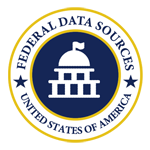
Federal Data
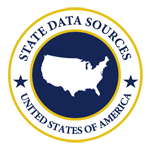
State Data
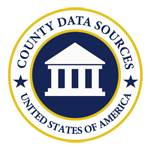
County Data
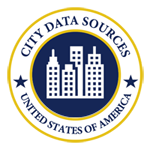
City Data
Reverse Phone Lookup by State
Select your state to access targeted reverse lookup services. Each state database provides results with available information about phone number owners and addresses. Plus you'll get access to state-specific scam and spam call statistics to help protect yourself from local scammers and robocallers.
Reverse Phone Lookup Use Cases
Reverse phone number lookup has become an essential tool for protecting yourself from unwanted calls and verifying contact information. Whether you're dealing with suspicious callers or trying to reconnect with old contacts, understanding how to effectively use reverse lookup services can save you time, money, and potential headaches. Here are common reasons why people use phone number search services for personal and professional purposes:
-
Verify Phone Number Owner to avoid Scam Calls
Scam detection is the primary use case for reverse lookup services. When unknown numbers claim to represent banks, government agencies, or service providers, reverse lookup reveals the true caller identity.
According to the Federal Trade Commission's 2024 data, phone calls and text messages make up 35% of all fraud contact methods nationwide:
- Phone calls: 19% of fraud reports (284,659 reports, $948M in losses)
- Text messages: 16% of fraud reports (246,784 reports, $470M in losses)
More than 1 in 3 fraud attempts happen through phone communication. Phone call fraud costs victims a median of $1,500 per case. Text message fraud costs a median of $1,000 per victim.
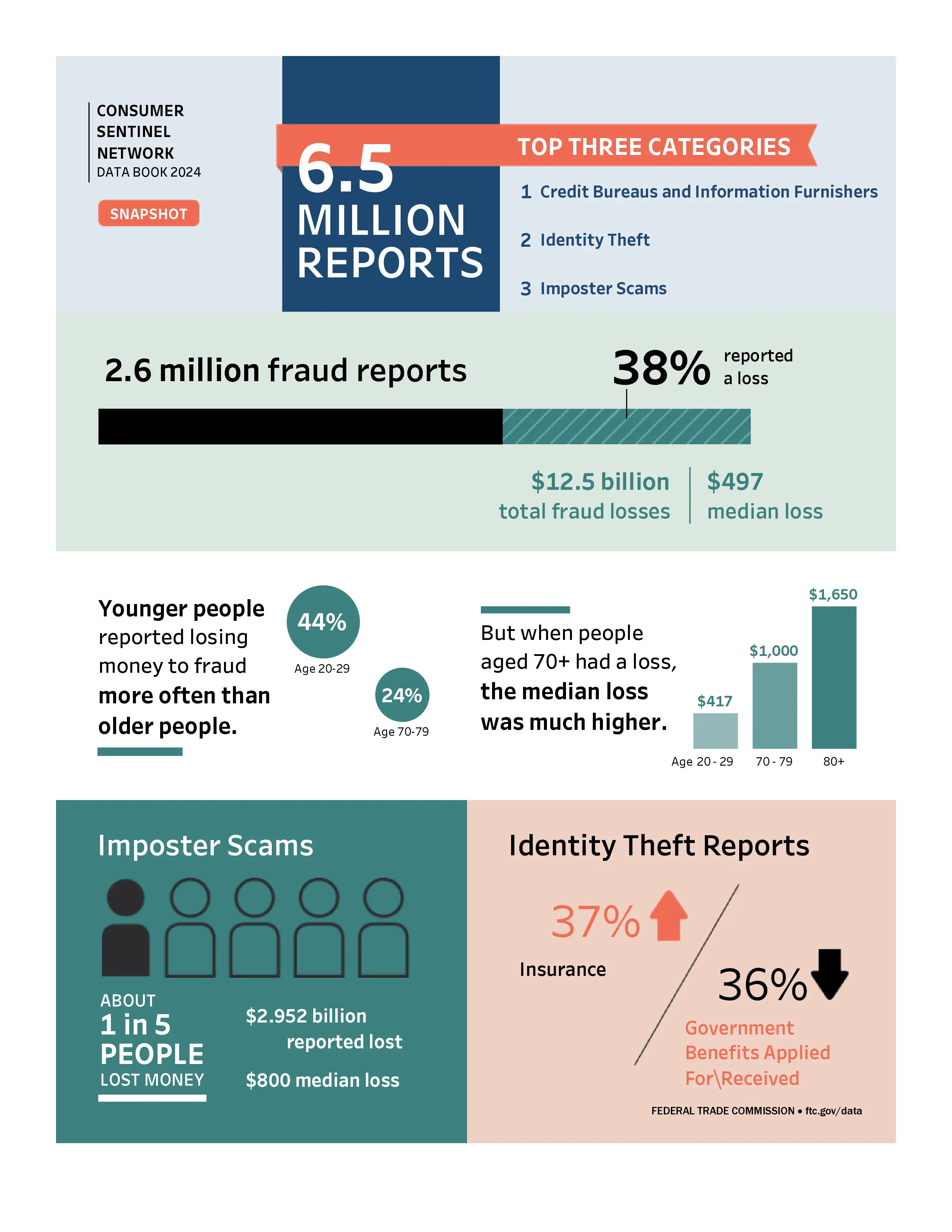
Here's what makes phone scams particularly dangerous: they work. While email fraud might seem like the bigger threat, phone-based scams consistently deliver higher payouts for criminals.
The data reveals some stark truths:
- $1.4 billion lost to phone-based fraud in 2024
- 531,443 Americans fell victim to phone and text scams
- 19% success rate for phone calls (compared to just 11% for emails)
When scammers call, about 1 out of 5 people who engage end up losing money.
When you receive calls from unknown numbers, take a moment to research the caller's identity. Our services allow you to search a phone number and help you find information about who's calling.
Common scam scenarios include:
- Fake "IRS" representatives demanding immediate payments
- Phony bank fraud departments requesting account details
- False utility company disconnection threats
- Fraudulent vehicle warranty extensions
For example, multiple calls from a number claiming to be your bank's fraud department can be verified through reverse lookup, often revealing the number belongs to known scam operations rather than legitimate financial institutions.
Received fraudulent calls or fallen victim to phone fraud? Report it immediately. Each report helps authorities identify fraud patterns and protect other consumers from similar scams.
To report fraud or scam: reportfraud.ftc.gov -
Identify Robocalls and Unwanted Spam Calls
Another caller lookup use case is to identify robocalls and unwanted spam calls. Residents of the U.S. experienced a consistent level of unwanted calls in 2024, with approximately 2.09 million complaints, according to the latest National Do Not Call Registry Data Book. Robocalls remain the leading source of these complaints.
Complaint by Call Type:
- Robocalls: 1,099,223 complaints (52.7% of total)
- Live Callers: 763,970 complaints (36.7% of total)
- Unspecified Call Types: 221,940 complaints (10.6% of total)
Protect Yourself: Register your phone numbers at donotcall.gov or by calling 1-888-382-1222 from the number you want to protect. To see which numbers have already been reported, visit reportedcalls.com. -
Verify United States Business Phone Number
Professional due diligence helps verify unfamiliar companies offering services or partnerships. Reverse lookup confirms whether calling numbers match claimed business identities and registered addresses.
If you're trying to verify a phone number associated with a U.S. business, official government databases can be very useful. This is especially helpful if you're considering a business partnership and want to ensure the phone number is connected to a legitimate company.
- U.S. Securities and Exchange Commission (SEC): For public companies, you can search the SEC EDGAR database to find contact details and verify corporate information.
- Small Business Administration (SBA): Use the SBA business lookup tools to find information about federally registered businesses.
For the best results, it helps to use these methods together.
Small business owners use this to verify potential vendors and suppliers before entering contracts. Cross-referencing lookup results with Better Business Bureau ratings and online reviews provides comprehensive legitimacy verification.
-
Reconnect with Contacts
Sometimes, a simple phone number lookup isn’t enough to find the information you need about a phone number in the United States. In such cases, using alternative search methods can be more effective. With an estimated population of 331 million and over 8.2 million business establishments in the U.S., locating someone often requires trying multiple approaches.
Social media can be a useful tool for identifying U.S. phone numbers. For example, if you're meeting someone new and want to verify their phone number legitimacy, social media searches can help.
- Facebook: Try searching the phone number in the Facebook search bar. You can also use the Facebook public directory to see if the number is associated with a public profile.
- LinkedIn: Because the United States has a large and active business community, LinkedIn can be a useful tool for identifying the person or business behind a phone number. Check to see if the number is listed on a professional profile to help verify employment or business affiliations. Search the LinkedIn people directory.
Personal reconnection helps identify missed calls from familiar numbers or verify old contact information before reaching out to former colleagues, classmates, or friends.
Best Practices
- Cross-reference multiple sources for accuracy verification
- Document and report confirmed scam numbers to authorities
- Combine with internet searches for comprehensive validation
These applications help you make informed decisions about incoming calls, avoid fraud, and maintain better control over your communications.
US Phone Numbers Information & Lookup Limitations
The United States has approximately 471 million active phone numbers. Of these, the majority-about 388 million-are mobile phones, highlighting the widespread shift toward wireless communication. Traditional landlines continue to decline, with only 18 million connections remaining nationwide. In addition, VoIP (internet-based) phone services now account for around 65 million numbers.
As a result, when you search a U.S. phone number, it’s most likely to be a mobile one. With the decline of landlines, fewer numbers are tied to public directories, making modern numbers more difficult to trace than older, fixed-line connections.
United States Voice Subscriptions (in thousands):
| Service Type | June 2023 | Dec 2023 | June 2024 |
|---|---|---|---|
| Mobile telephony | 377,903 | 386,092 | 388,286 |
| Local exchange telephone service | 22,411 | 20,266 | 18,052 |
| VoIP subscriptions | 65,661 | 64,490 | 64,523 |
| Total | 465,975 | 470,848 | 470,861 |
Source: FCC Voice Telephone Services Report
Top 5 US Cell Phone Companies
Most phone numbers are cell phones, and most cell phone numbers come from the top three United States wireless companies. Here are the top five US Cell Phone Companies in Q1 2025:
- Verizon - 146 million customers
- T-Mobile US - 131 million customers
- AT&T Mobility - 118 million customers
- Boost Mobile - 7 million customers
- U.S. Cellular - 4.4 million customers
United States Country Code +1
Our phone number lookup tool above instantly verifies whether a phone number belongs to United States by analyzing its country code and number format. United States phone numbers operate within the North American Numbering Plan (NANP), a comprehensive system that structures, assigns, and manages phone numbers across the United States and its territories.
| Country | United States (US, USA) |
| Country Calling Code | +1 |
| National Number Format | 10 digits (NPA-NXX-XXXX) |
| Example Number | +1 212 555 1234 |
| International Dialing Prefix | 011 |
| National Trunk Prefix | 1 |
| Time Zone (UTC/DST) | -5/-4 |
| Regulator | Federal Communications Commission (FCC) |
| Plan Administrator | North American Numbering Plan Administrator (NANPA) |
North American Numbering Plan (NANP) Structure
The NANP uses a standardized 10-digit format: NPA-NXX-XXXX, which follows International Telecommunication Union (ITU) Recommendation E.164 standards. To identify the location of a United States phone number, you need to understand this structure that all United States numbers follow: +1 NPA NXX XXXX.
- +1 - Country code indicating the United States
- NPA (Numbering Plan Area) - The area code reveals the geographic region where the number was originally assigned
- NXX (Central Office Code) - The exchange code that locates the specific neighborhood and identifies the service provider
- XXXX (Line Number) - Subscriber number that identifies the individual phone line within that local exchange
The area code (NPA) is your key to determining location. By matching the three-digit area code to United States's regional assignments, you can identify which part of the state the phone number originates from. Each area code corresponds to specific cities and counties throughout United States, making it possible to narrow down the caller's general location.
The NANP covers 20 countries and territories: United States and its territories (Puerto Rico, U.S. Virgin Islands, Guam, Commonwealth of the Northern Mariana Islands, American Samoa), Canada, and 18 Caribbean nations.
Reverse phone lookup services operate within this structured system, where the North American Numbering Plan Administrator (NANPA) manages resource allocation and ensures efficient distribution of numbering resources, while the Federal Communications Commission (FCC) provides regulatory oversight.
What You Can Find Using Only Phone Number Data
Geographic location data. It comes from area code and rate center assignments. However, thousands-block pooling creates situations where numbers sharing the same NXX code may actually serve different geographic areas within the same rate center, reducing location precision.
Operating Company Numbers (OCNs) serve as four-character identifiers linking phone numbers to their authorized service providers. While these codes connect numbers to specific carriers, thousands-block pooling complicates this relationship—multiple OCNs can associate with a single NXX code, making carrier identification less straightforward.
Reverse Phone Lookup Limitations
- Thousands-block pooling creates ambiguity about carrier assignments within shared NXX codes
- Number portability means current service providers differ from original assignment records
- VoIP services eliminate traditional geographic assumptions about phone number locations
- Non-geographic services complicate location-based identification
These factors explain why reverse phone lookup results vary in accuracy and completeness, particularly for numbers involved in pooling arrangements, portability scenarios, or VoIP services.
Is it Legal to Do Reverse Phone Lookup in the United States?
The legality of performing a reverse phone lookup in the United States depends on two factors: the type of information being accessed and the user's purpose for the search. While basic lookups are generally legal, accessing detailed personal information for specific purposes is heavily regulated by federal law.
The Fair Credit Reporting Act (FCRA)
The FCRA is the most important law governing the use of in-depth reverse phone lookup services. The legality of your search hinges on whether the service you use qualifies as a "consumer reporting agency" and the information it provides constitutes a "consumer report."
1. What is a Consumer Report?
Under the FCRA, a "consumer report" is not limited to a credit report. Section 603(d) defines it as any communication of information by a consumer reporting agency that bears on a consumer’s:
- Credit worthiness, credit standing, or credit capacity
- Character, general reputation, or personal characteristics
- Mode of living
This information is considered a consumer report if it is used or collected for the purpose of establishing eligibility for credit, insurance, employment, or other specific purposes.
2. The Doctrine of "Permissible Purpose"
The FCRA makes it illegal to obtain a consumer report for an impermissible purpose. Section 604 of the Act strictly defines the "permissible purposes" for which someone can legally access a consumer report. These include:
- For credit transactions involving the consumer.
- For employment purposes, with the consumer's consent.
- For the underwriting of insurance.
- In response to a court order or subpoena.
- For a legitimate business need in connection with a transaction initiated by the consumer.
Therefore, using a service that provides a "consumer report" for reasons like personal curiosity, checking on a potential romantic partner, or investigating a neighbor is a violation of federal law.
Conclusion
In summary, the legality of a reverse phone lookup can be broken down as follows:
- Generally Legal: Using a service that provides only publicly available information (name and address, similar to a public phone directory) for the purpose of identifying an unknown caller.
- Potentially Illegal: Using a paid, in-depth background check or data broker service that compiles and sells detailed personal information constituting a "consumer report" under the FCRA. Accessing this information is only legal if you have a "permissible purpose" as strictly defined by the Act. Using it for personal curiosity or other non-sanctioned reasons is illegal and can expose you to civil liability.



















































